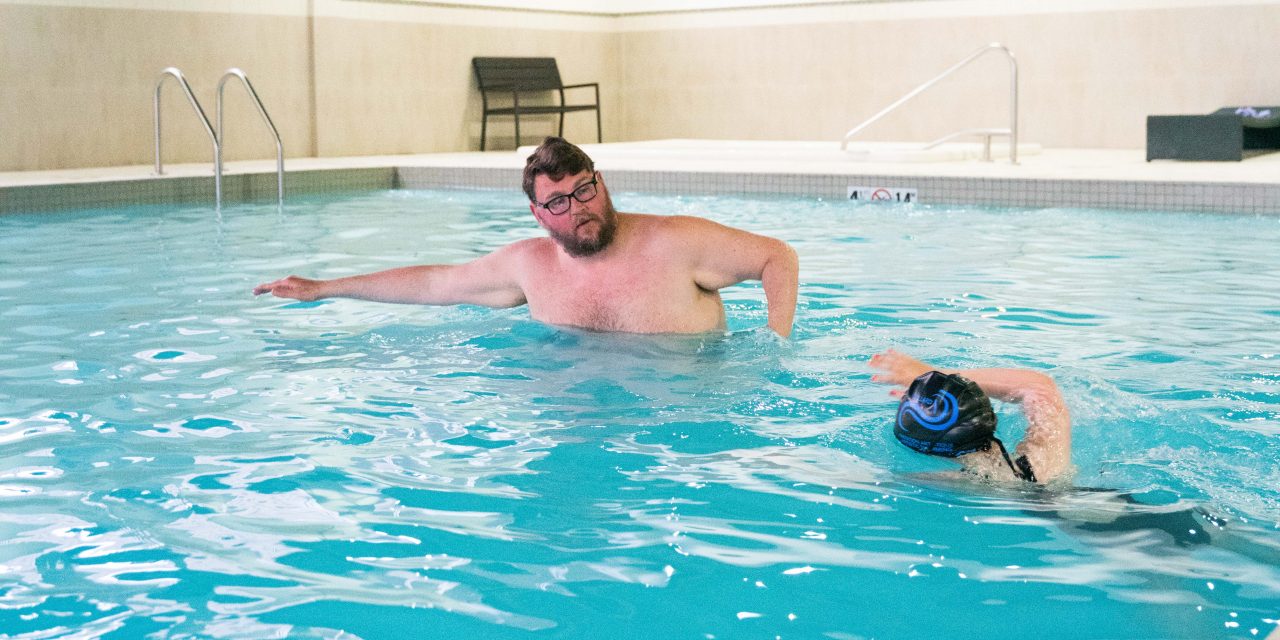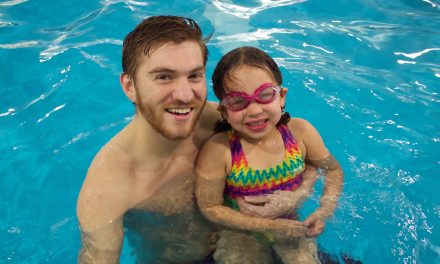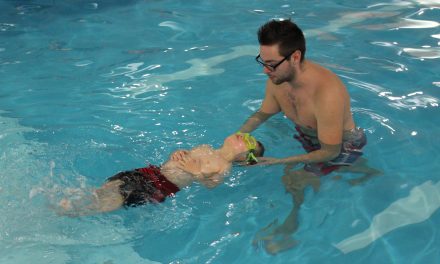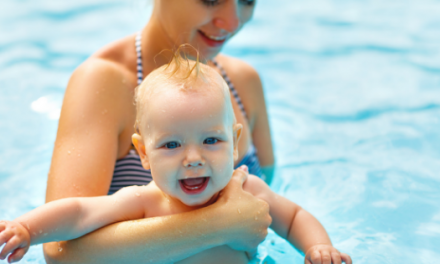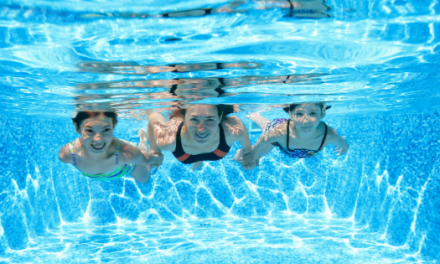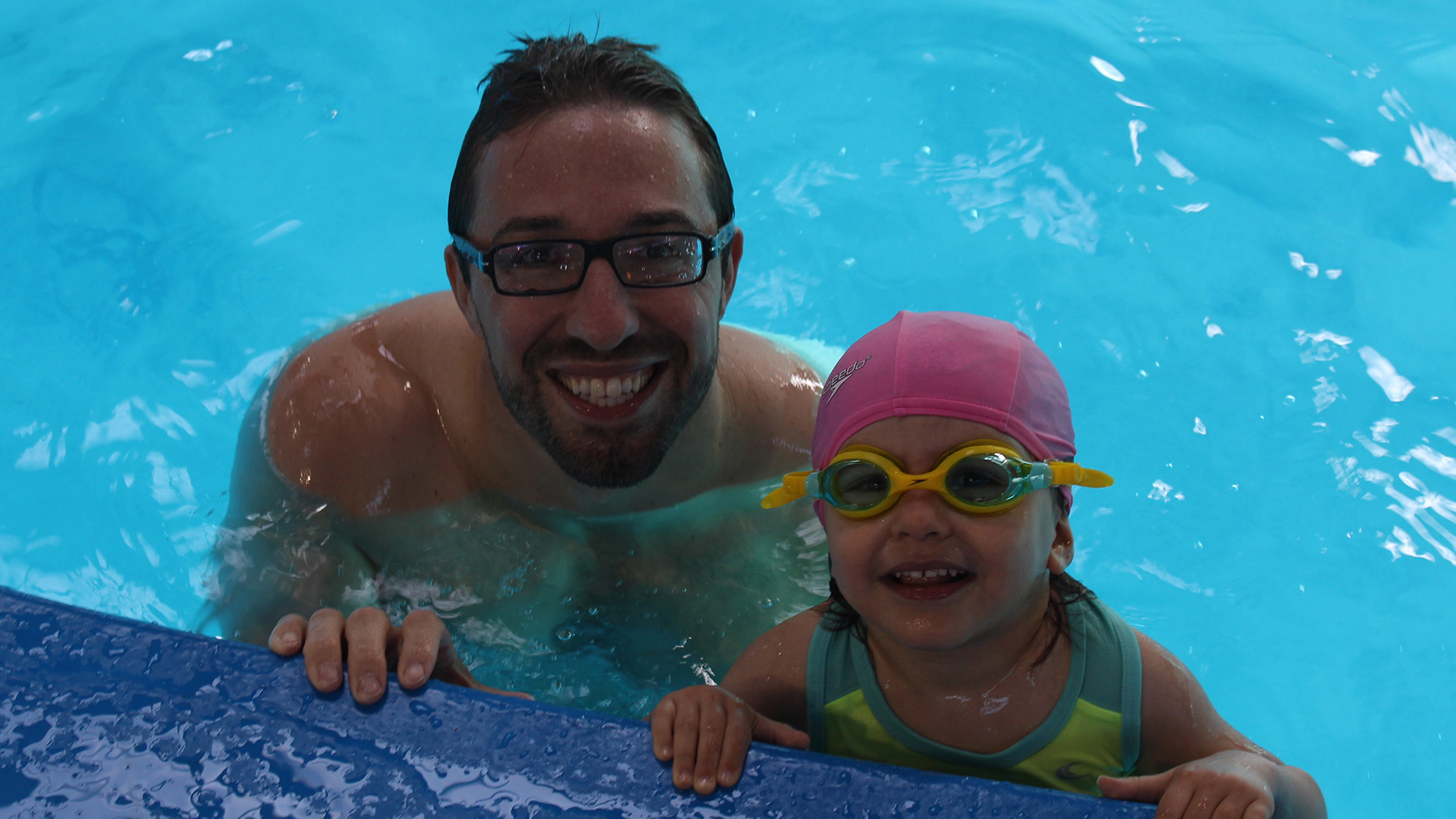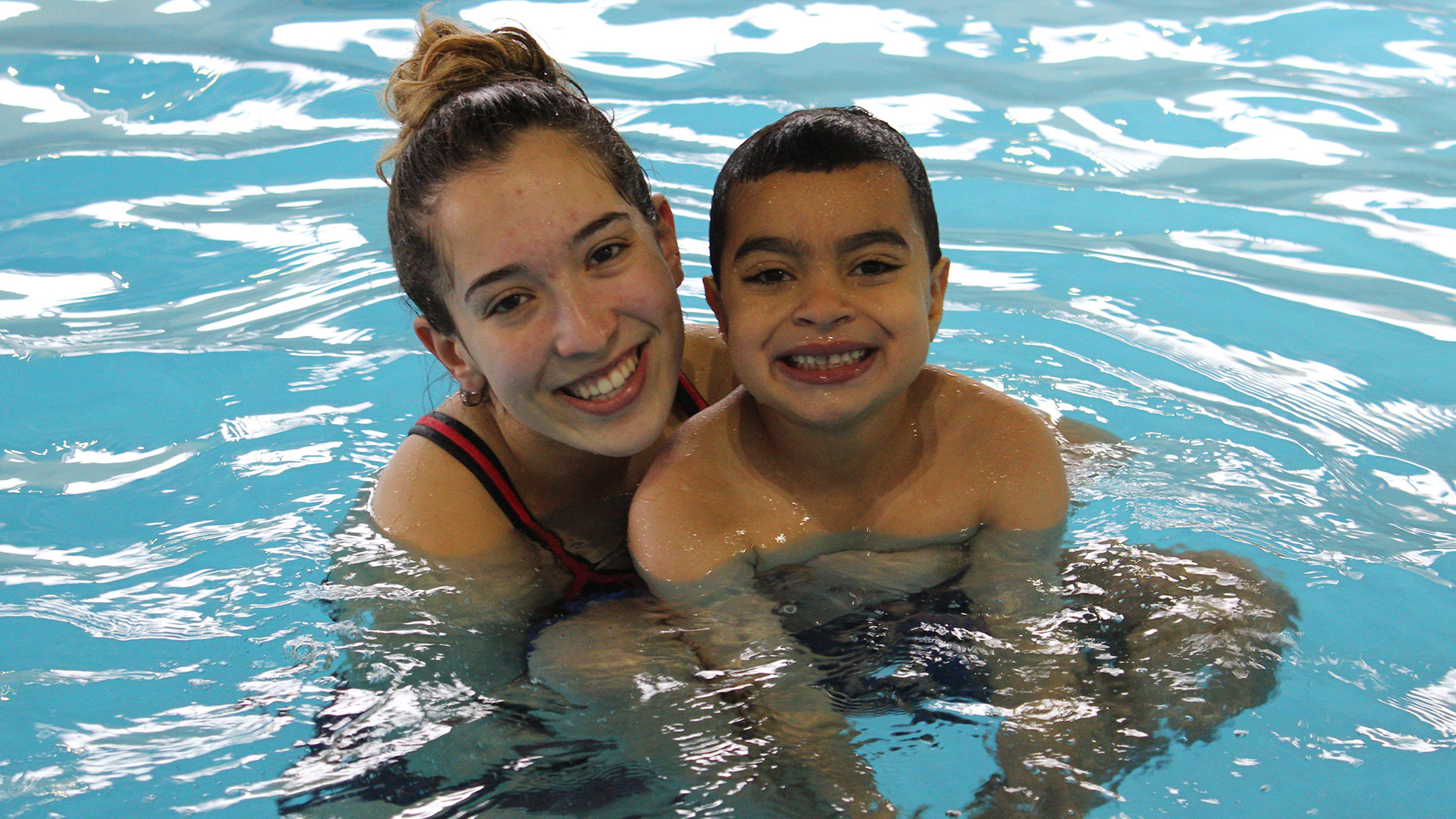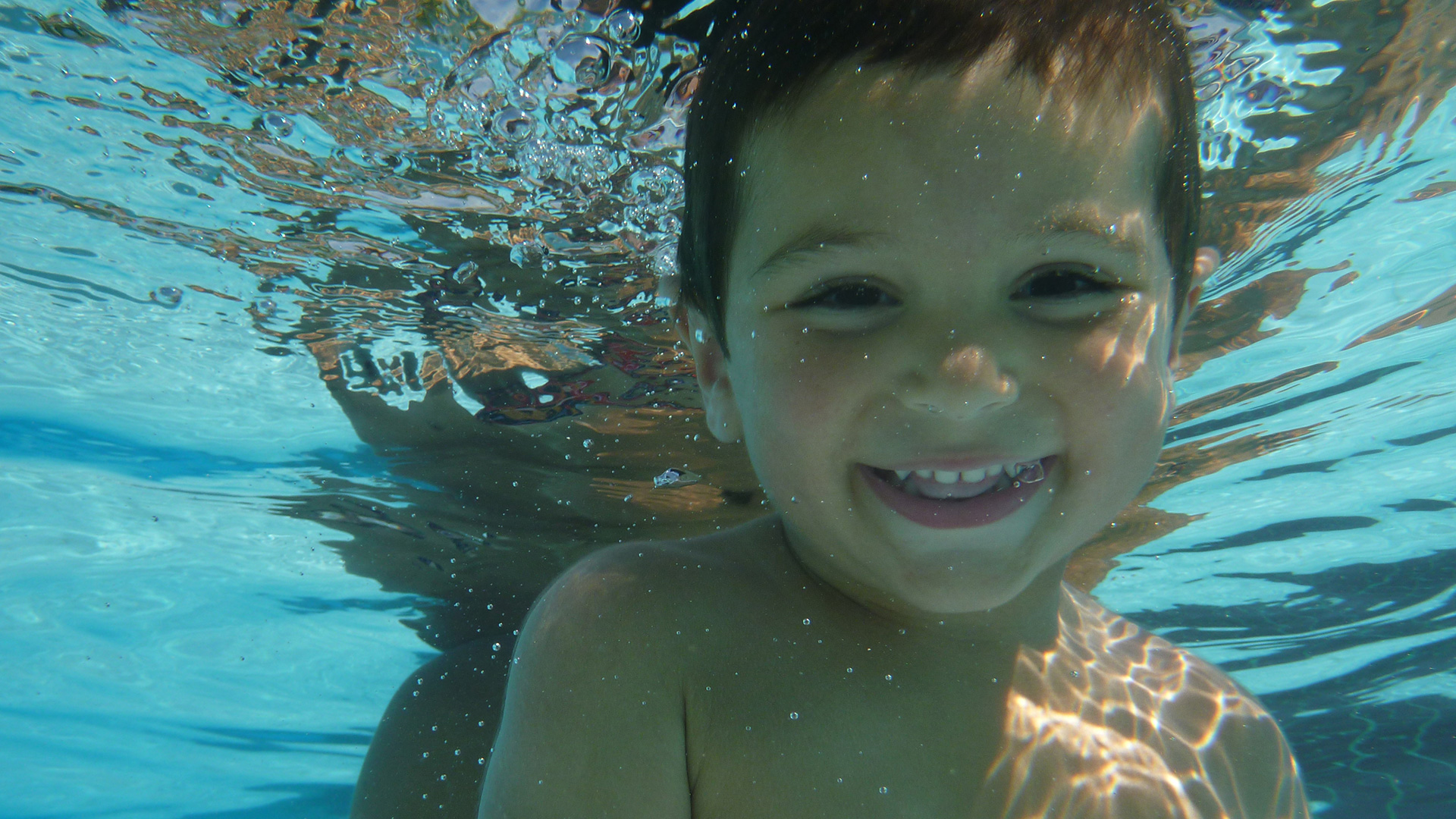As of the writing of this article, it’s been almost 9 months since the pandemic started. 9 months of disrupted routines and activities, amongst other things. Local swim clubs have taught over 12,000 lessons combined, survived two separate government-mandated shutdowns, and while we are back in the pool, in Quebec we still haven’t gotten permission to physically touch any swimmers yet.
But how have swimmers fared? What are we seeing from kids who are getting back in the pool after a long layoff? We won’t beat around the bush. All swimmers are rusty.
Turns out swimming is not entirely like riding a bike. Swimmers of every level are showing signs of rust, from lack of confidence in beginner swimmers to poor techniques in older swimmers. Let’s assess the impact of the long layoff on the difference on the different categories of swimmers.
Non-swimmers
Quick refresher: non-swimmers are swimmers who cannot swim on their own.
Non-swimmers who were gaining confidence are showing significant signs of regression. Confidence gains which were being made on a weekly basis prior to the pandemic are for the most part wiped out. Non-swimmers are generally more cautious and hesitant. Instructors must adapt by taking it slow, rebuild their swimmer’s confidence through support and encouragement, and above all temper expectations.
Beginner swimmers
Quick refresher: beginner swimmers have recently learned to swim on their own, and can cross the pool while breathing on their own.
Swimmers who had just learnt to when the pandemic started are affected the most. Most have regressed or lost their confidence to the point where they may be unable to swim on their own. They are hesitating in the pool, remembering they were able to do it, but also acutely aware of the danger and challenge of taking that leap of faith again. Thus, instructors must adapt by taking it slow and repeatedly practising basic swim-by-yourself drills to rebuild the confidence and independence that beginner swimmers need. It will take a few weeks or months of continuous classes again to fully rebuild their confidence, but they can and will get back to where they were pre-pandemic.
Intermediate & Advanced swimmers
Quick refresher: intermediate and advanced swimmers are independent, capable swimmers who can safely swim on their own, and have limited or developed knowledge of the 4 competitive strokes.
For these swimmers, we are seeing significant regression in stroke techniques, but fortunately not in their ability to swim by themselves. Aka advanced swimmers are not suddenly regressing to non-swimmer status. Expectedly however, swimming endurance (the ability to swim long distances without stopping or tiring) has decreased substantially.
A perfect example of this is my daughter, 4 years old who, pre-pandemic, was swimming up to 16 lengths non-stop. Having recently resumed classes after a multi-month layoff, we are seeing that she is utterly out of breath and needs a break after just 1 length. After 5x30min private classes we saw her endurance gradually improve, and she is now swimming 4 laps at a time. At this rate, it should take about 10-20 classes to get back to her pre-pandemic endurance levels.
On the technique side, there is also a regression here. Strokes are sloppy, and the little details are amiss. However, technical corrections can be made fairly quickly, and my daughter is quickly finding her pre-pandemic stroke technique, though it does take patience and lots of repetition to rebuild the muscle memory.
Summary
Swimmers across the board are showing regression in swimming ability and technique. The regression is far more important for younger kids and beginner swimmers, as the lost skills can mean the difference from being able to swim (and save themselves) or not. Older and more capable swimmers have retained their ability to swim independently, albeit it will take some time to re-home techniques and rebuild endurance.
Fortunately, most swim clubs have adapted accordingly. Some are asking parents to sign their kids in a lower level than they were pre-pandemic, others are encouraging parents to sign their kids up twice a week to quickly make up the lost ground.
The most important conclusion drawn is that, some summer, there will be more rusty and hesitant swimmers. It is important that parents recognize these limitations and continue to invest in their children’s swimming.


